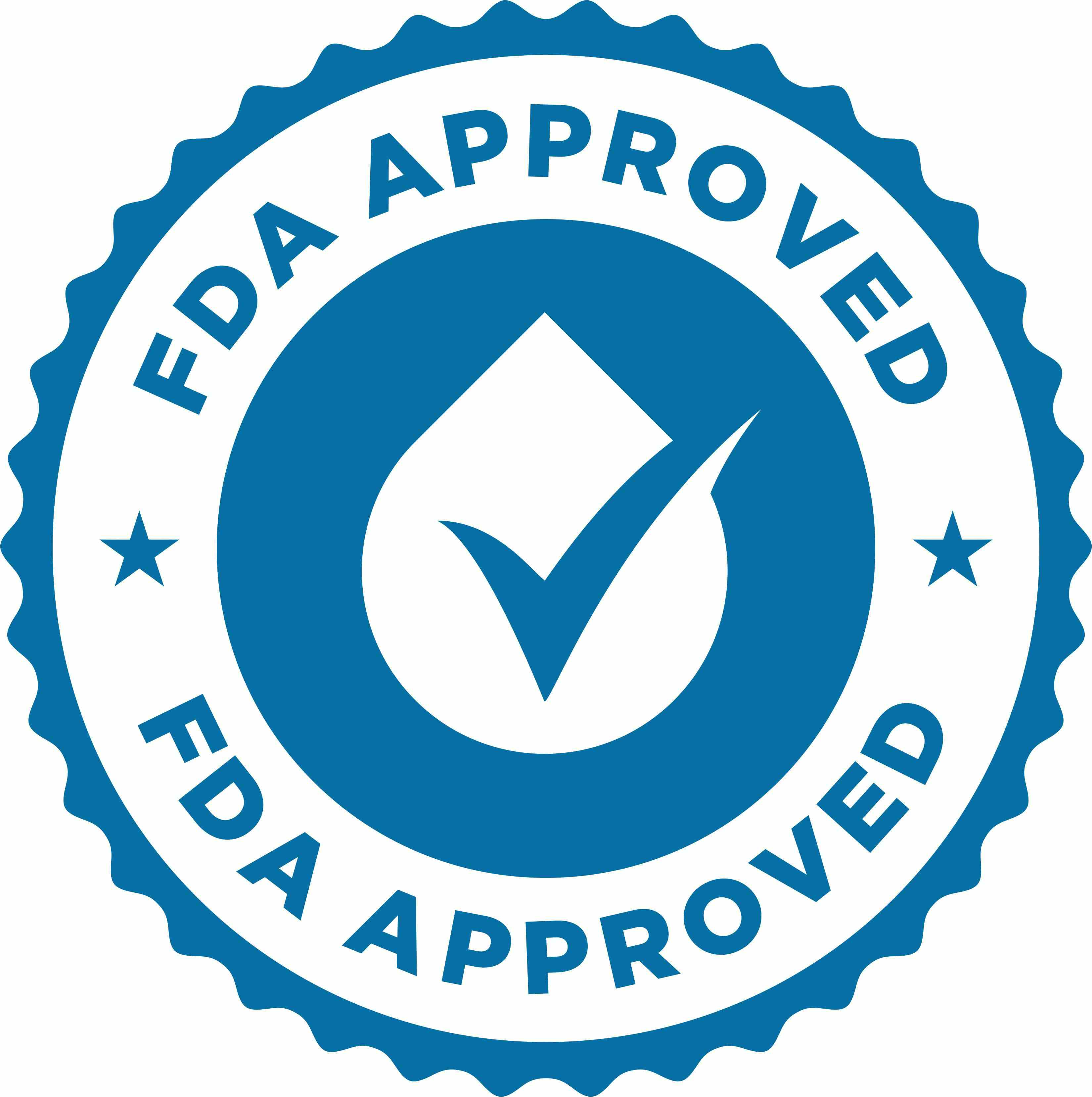- Acne
- Actinic Keratosis
- Aesthetics
- Alopecia
- Atopic Dermatitis
- Buy-and-Bill
- COVID-19
- Case-Based Roundtable
- Chronic Hand Eczema
- Drug Watch
- Eczema
- General Dermatology
- Hidradenitis Suppurativa
- Melasma
- NP and PA
- Pediatric Dermatology
- Pigmentary Disorders
- Practice Management
- Precision Medicine and Biologics
- Prurigo Nodularis
- Psoriasis
- Psoriatic Arthritis
- Rare Disease
- Rosacea
- Skin Cancer
- Vitiligo
- Wound Care
Article
Payers Reveal Most Significant Factors Impacting Biosimilar Coverage Decisions
Author(s):
It was found that cancer treatment, pediatric population, and coverage restriction of reference products were revealed as some of the strongest factors associated with biosimilar coverage decisions by US commercial health plans relative to reference products.
Cancer treatment, pediatric population, and coverage restriction of reference products were discovered as some of the most significant factors associated with biosimilar coverage decisions by commercial health plans in the US relative to their reference products, according to BioDrugs.
Although biosimilars have been introduced with the aim of competing with expensive biologic therapies, their adoption has been more gradual than expected and caused restricted gains in efficiency. The study authors aimed to discover factors associated with payers coverage of biosimilars compared to their originators in the United States.
The study authors identified 1181 coverage decisions for 19 commercially available biosimilars, representing 7 reference products and 28 indications from the Tufts Medical Center Specialty Drug Evidence and Coverage database. They summarized the coverage restrictiveness as a binary variable based on if the product is covered by the health plan, and if so, the difference of payers’ line of therapy between the biosimilar and its amount of possible coverage drivers.
Compared with reference products, health plans dictated coverage exclusions or step therapy limitations on biosimilars in 229 (19.4%) decisions.
Plans were more likely to restrict biosimilar coverage for pediatric populations (OR, 11.558; 95% CI, 3.906-34.203), diseases with US prevalence higher than 1,000,000 cases (OR, 2.067; 95% CI, 1.060-4.029), and if the plan did not contract with 1 of the 3 major pharmacy benefit managers (PBM; OR, 1.683; 95% CI, 1.129-2.507).
In comparison with the reference product, plans were less likely to enforce restrictions on the biosimilar–indication pairs if the biosimilar was indicated for cancer treatments (OR, 0.019; 95% CI, 0.008-0.041), and if the product was the first biosimilar to market (OR, 0.225; 95% CI, 0.118-0.429). Additionally, payers were less likely to restrict biosimilars that:
- Had 2 competitors, including the reference product (OR, 0.060; 95% CI, 0.006-0.586)
- Could generate annual list price savings of more than $15,000 per patient (OR, 0.171; 95% CI, 0.057-0.514)
- Referenced an originator that was already restricted by the plan (OR, 0.065; 95% CI, 0.038–0.109)
- Did not have a cost-effectiveness measure available (OR, 0.066; 95% CI, 0.023-0.186)
Although health plans were more likely to set restrictions on biosimilars for pediatric use, past studies have suggested the reverse for all specialty drugs. The authors called for future investigations to focus on this topic.
In the model used in this study, the lack of cost-effective evidence was significantly associated with less limited coverage, which might mirror a concern about the limited evidence on value or a worry about low value because of possible publication bias.
“In either case, when the value of the reference biologic has not been formally established, health plans favor biosimilars,” said the study authors.
This is the first study that evaluates the factors associated with US commercial health plan biosimilar coverage.
The study had a few limitations, including that the study authors only considered biosimilars that were authorized through the 351(k) abbreviated pathway in their analysis. Also, they determined annual savings using list prices, which might not show the true savings for commercial health plans because plans usually acquire biologics at prices lower than their list prices.
“Future research is needed to identify the effects of such restrictions and other market forces (such as price negotiations by commercial plans and PBMs) on the efficiency of the market and resulting patient access to costly biologic therapies,” concluded the study authors.
Reference
- Yu, T., Jin, S., Li, C. Chambers JD, Hlávka JP. Factors associated with biosimilar exclusions and step therapy restrictions among US commercial health plans. BioDrugs 2023;37(4):531-540. doi:10.1007/s40259-023-00593-7
[This article was originally published by our sister publication, the American Journal of Managed Care.]
Newsletter
Like what you’re reading? Subscribe to Dermatology Times for weekly updates on therapies, innovations, and real-world practice tips.
















